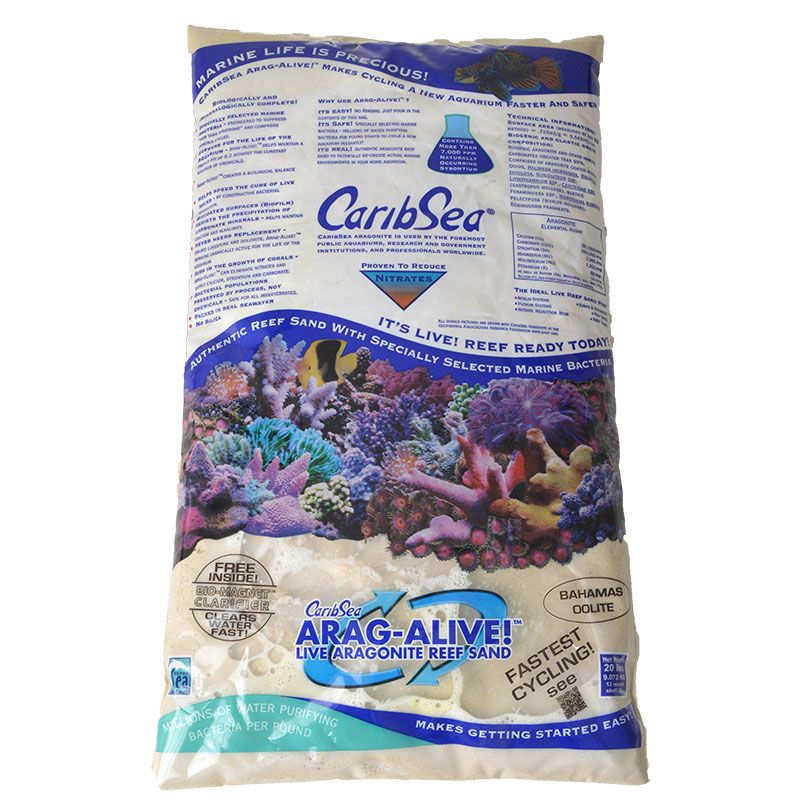
GloFish Black Multi-Color Lagoon Aquarium Gravel, 5 lbs. Nature's Ocean Bio-Activ Live Aragonite Reef Sand 0.5-1.7mm, 20 lbs., White Penn Plax Minions Beach Kevin Aquarium Ornament, X-Small Marineland LED Aquarium Natural Shimmering Light, 11" x 4" x 0.8", 4.62 W / 11 IN
OOLITE ARAGONITE SAND PRO
Pro Clear Aquatic Systems Red Flex Reef Sump 300, 1200 Gal/Hr Imagitarium Black Ludwigia Background Plastic Aquarium Plant, Medium More Fish Aquariums, Tanks & Accessories by The unoriented aragonite is believed to result from interstitial re-crystallization (and possibly precipitation) associated with organic matter incorporated in the grain (1) as the organic fraction of a fecal pellet, (2) as an adherent film of organic detritus, and (3) as remains of boring algae.CaribSea Arag-Alive Bahamas Oolite Aquarium Sand, 10 lbs., TanĬaribSea Coraline Aquarium Gravel, 20 lbs., TanĬaribSea Super Naturals Aquarium Sand, 10 lbs., TanĬaribSea Aragonite Aquarium Sand, 10 lbs., TanĬaribSea Eco-Complete African Cichlid Gravel Substrate, 20 lbs.ĬaribSea Arag-Alive Hawaiian Black Aquarium Gravel, 20 lbs.ĬaribSea Arag-Alive Natural Reef Aquarium Gravel, 16 lbs., TanĬaribSea Eco Complete Black Planted Aquarium Substrate, 20 LBSĬaribSea Arag-Alive Bahamas Oolite Aquarium Sand, 20 lbs., TanĬaribSea Seaflor Special Grade Reef Sand Substrate, 40 lbs., White It is concluded that the oriented lamellae represent grain growth by the addition of aragonite at the grain surface as a physicochemical precipitate. The grains contain much organic matter, which occurs both as perforating filamentous algae and as a gelatinous substance resembling organic detritus and tending to concentrate in the unoriented aragonite. Thus the unoriented fabric is at least in part demonstrably a product of recrystallization, but it may in part result from interstitial precipitation. A fabric seemingly identical to that of the unoriented cryptocrystalline aragonite of the envelope occurs also in pellet nuclei and in recrystallized skeletal grains. In addition to these oriented aragonite lamellae the envelope contains unoriented cryptocrystalline aragonite, generally more heavily pigmented and occurring both as discontinuous layers and lenses intercalated between oriented aragonite lamellae and as irregular blebs transecting the concentric structure. The concentric lamination of the envelope is due to the presence of distinct, relatively unpigmented, lamellae which are regular in thickness (about one to three μ) and composed of submicroscopic crystals of aragonite with c-axes oriented tangential to the lamination. Consequently, the term "oöid" is here used for grains displaying this structure, regardless of the shape. The distinctive and environmentally significant feature of these grains is judged to be the laminated layer. Grains with few layers may be any shape, depending on the form of the nucleus. Grains with a thick, laminated envelope tend to be subspherical or ellipsoidal. Each oöid consists of a nucleus, usually an abraded shell fragment or a recrystallized fecal pellet, surrounded by a concentrically laminated envelope, which may range in size from a thin, superficial coating to a layer comprising seven-eighths of the volume of the grain.

The metastable condition is believed to result from the fact that tidal flow over the barrier rim of the shelf lagoon brings relatively cool, $CO_$ loss. The largest percentage of oölitically coated grains, and the grains with the greatest number of lamellae are concentrated in, and just below, the intertidal zone, where they are in contact with sea water judged to be supersaturated (metastable) with respect to aragonite. In a studied area south of Bimini, there is strong negative correlation between water depth and oölitic structure of the grains suggesting that waters less than six feet deep are optimal for oölite formation. Deposits of oölitic aragonite sand are being formed in a discontinuous belt in very shallow waters along the margins of the Great Bahama Bank.


 0 kommentar(er)
0 kommentar(er)
